As somebody with a, er, teapot problem, which has only gotten worse since then, I thought maybe I should summarize what I’ve learned and unlearned through the years.
The first thing you learn when you set out buying yixing pots probably go something like this
1) You should only use one tea for one pot
Then there’s a whole slew of supposed “practical” advice, things like how the lid should fit well, how the spout and handle and top of the pot should be level, how things should all line up perfectly, filter vs no filter…. etc. This is before you start bothering with things like clay, which is a whole another hornets’ nest.
I think after having bought a whole bunch of pots, and using pots basically exclusively to brew tea for years, I can say that almost all of those beginner advice are bogus.
Take, for example, the bit about using only one tea for a pot. I suppose that’s sort of true, to a small extent, in that the tea does impart some flavour on your pot over long term use. The pot I usually use for my older, traditionally stored puerh, for example, smells like the tea it brews. When I pour water into the pot, it comes out brown. If I try to brew younger stuff in it, it’s going to get contaminated with the flavours of the storage heavy tea. So, in those cases, yes, you probably want to separate them to avoid too much interference.
At the same time though, it’s entirely pointless and silly to divide the teas into ever finer divisions and brew only that tea in one pot. For example, you can cut oolongs up into a million classifications – tieguanyin, shuixian, yancha, dancong, Taiwanese gaoshan, and within each of those big categories, you can further subdivide them into mountains, seasons, etc etc. The possibility is endless, and very early on I also thought maybe I needed to do that. Then it occurred to me – no, you don’t need to do that. First, the teas themselves, while distinct in taste, are not going to impart such a significant flavour effect on the pot that makes it easily distinguishable. Second, by doing so, you need a million pots, each of which see relatively little use. Third, observing others who have gone before me, such as folks who’ve been doing this for 50 years, they generally don’t care that much – oolongs go into the oolong pots, puerh likewise, and that’s that. So far, I’ve found that it works. You might, for reasons I already stated, want to divide them into two or three categories (heavy roast vs light roast, for example) but otherwise, just let it be.
As for the more structural things with teapots, I think in general those rule of thumbs are useless. Take, for example, lid fit. The easy version of the lid fit test says that you should be able to stop the flow of water if you hold onto the air hole. The more robust, and in my opinion silly, version of the test claims that the lid ought to stay in place and not fall if you fill the pot with water, hold the spout close, and flip the pot over. The idea of this is that this is a sign of good craftsmanship – that the lid fits well because the craftsmen make good pots. That’s true if your pot is made entirely by hand, like this video of master Zhou Guizhen. However, in these days of mold-assisted making (this is a nice series of pics that show how it’s done – and it’s an old technique), or much more likely (if you’re buying low priced pots) full on liquid-clay-in-mold pots (i.e. pouring a liquid clay into the mold, then remove mold after it dries a bit to reveal a pot) there is very little value in a well-fitting lid if it’s just the result of an industrial process that churns out massive amounts of pots. You can see the images here of a CCTV report on the mass manufacture of dubious yixing pots here (sorry, in Chinese, but you can see the images). Labour isn’t so cheap in China anymore. That $30 yixing pot you just bought is not going to be fully, or even partially, hand made. So stop imagining that the lid fit has anything to do with worksmanship.
Nor do things like this really help with brewing tea. A tight fitting lid doesn’t aid tea brewing in any real way. The same can be said of the level line between the spout, handle, and pot – you don’t want the spout a lot lower than the top of the pot, but it’s not going to kill you, or your tea, if it’s not perfectly level (and again, getting it perfectly level is a lot easier if it’s mass manufactured in molds). The value of these tests are dubious, at best.
What I think one should watch out for, insofar as structural things are concerned, generally have to do with pouring and the mechanics of water/tea going in, and water/tea coming out. I think a very important thing to watch for, when buying pots, is how long it takes for the tea to pour out. If it’s slow, then you’re going to be frustrated and have trouble using the pot. This has to do with the size of the airhole and the shape and size of the spout. Also, just testing it with water is not always good – tea has somewhat higher viscosity than water, and I’ve used pots before that seem to work well with water, but when you throw tea in it the pot slows to a trickle. It’s annoying, but it happens, and if you’re buying online, unfortunately you’re on your own.
Another thing is size – it seems like a lot of folks in North America and Europe love the smaller pots, especially things sized around 60ml. I, for one, cannot understand why. I find pots that sized far too small, and are not very good for general usage, even if just brewing for one person. Yes, using a small pot does reduce the amount of tea you use, which is a little more economical, but I also find that it makes controlling brewing a lot harder. I also believe that most of the stuff available on the market at that size tend to be mass produced stuff of low quality – it’s not economical for the producers to hand make these kinds of pots. My personal preference is for something around 100ml, which, after accounting for the tea, is usually one big cup per brew, or a few small cups.
Who made the pot also seems to be something folks worry about, a lot. I think part of it is just wanting to know about the product you bought – there’s a seal on the pot, so naturally you want to know what it says, which is usually some person’s name. Then, you want to know who that person is. In 99.9% of the cases, however, that person is basically a nameless craftsman who toils in the yixing teapot industry. Having someone’s name on a pot does not actually mean they made it – oftentimes (as the CCTV videos I linked to discuss) they are subcontracted out to lesser workers who use the seal of the slightly-more-famous person so that they can sell the pot, possibly using molds to aid in the uniformity of the product. So, while it’s nice to know “who made it”, the real answer is, sadly, a lot more complicated and a lot less alluring. When a pot is in the tiny fraction of pots where the maker is famous, there’s a high likelihood that it’s a fake. In cases where it’s not fake, you already know what it was because you paid thousands, if not tens of thousands or even millions, for the privilege of owning that pot.
All this and I haven’t bothered with talking about clay, which is another beast entirely and not something I want to touch on here. What I will say though is this – worrying about and obsessing over what type of clay a certain pot is is definitely a waste of time. Demanding vendors to tell you that sort of info will usually provoke some answer, but the answer, more likely than not, is probably just made up or at best an educated guess. It also is basically entirely meaningless in terms of what it actually does to your tea. I personally believe the density of the clay and the size of the particles have more to do with your tea’s outcome than the type of clay. Whether a pot is dicaoqing or benshanluni really makes very little difference to a tea drinker, unless the tea drinker also happens to be a big pot collector with the intention to collect different types of clay (in which case, buying over the internet is the wrong thing to do).
So, I suppose if I need to summarize my thoughts on buying yixing pots, it’s this: focus on the function and cut out the noise. The noise includes anything that forms a “background story” that helps sell a pot – name, clay, story of acquisition, etc. Instead, function – clay density, size and shape, water flow – are the things to watch out for. If it’s too good to be true – claims of fully hand made and the price is anywhere under, say, $100, or “Republican” or “Qing” and it’s only $300 …. you should think twice about the reliability of that seller and their value proposition. On the other hand, high prices don’t mean quality either. All this does mean that buying pots over the internet is generally not a great idea. Unfortunately, for most of my readers, that makes buying teapots a tough call. Try to find vendors who have good access, usually on the ground or have deep connections with suppliers, and don’t get too carried away like me.
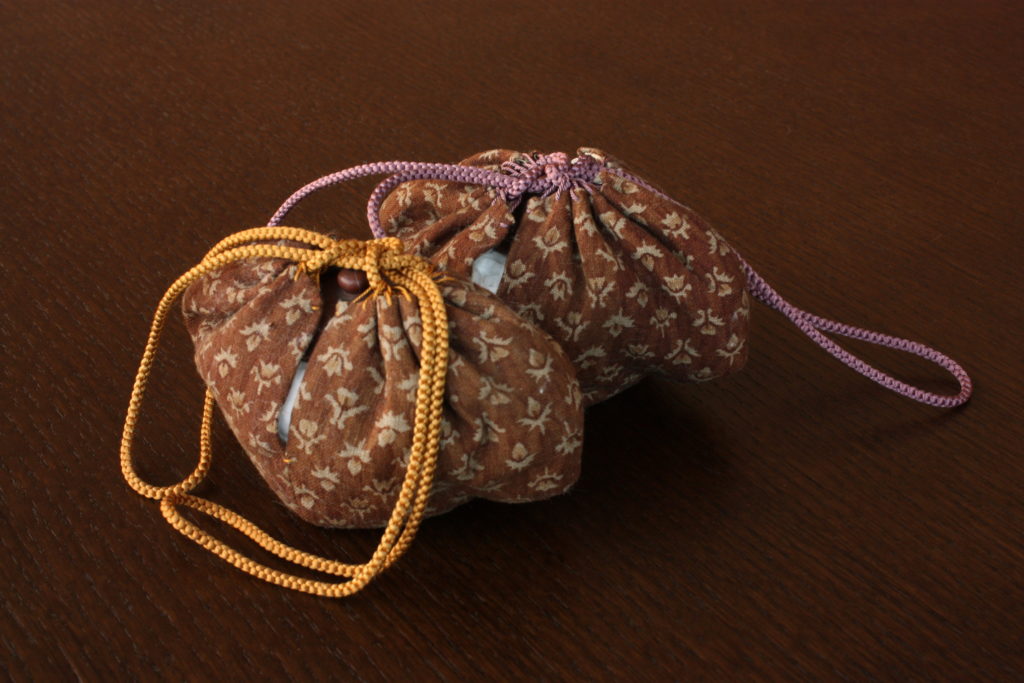 I’m a real sucker for these pairs with matching pouches, conveniently colour coded so that they are easily identifiable without needing to fish them out and check. There’s a reason that’s necessary
I’m a real sucker for these pairs with matching pouches, conveniently colour coded so that they are easily identifiable without needing to fish them out and check. There’s a reason that’s necessary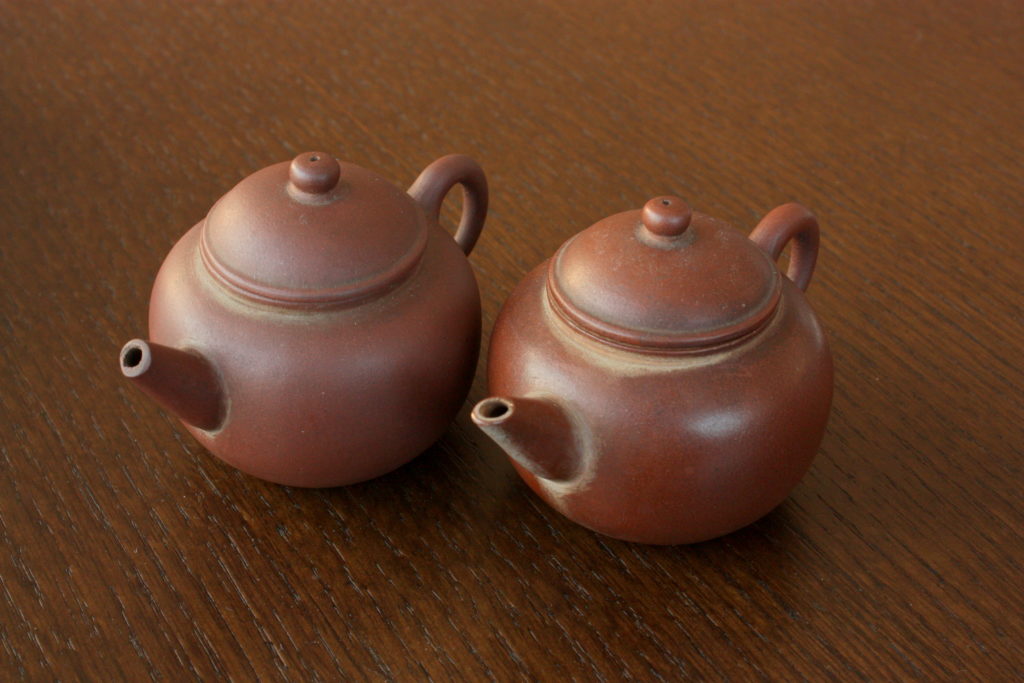 As you can see, they are different – but actually, not that different. The two were clearly made the same way. The only thing is, the one on the left seemed to have, early in its life, suffered an accident. The tip of the spout seems to be filed down to give it the current appearance. It should’ve looked like the one on the right, but for reasons of accident, it isn’t (there’s some residual damage under the spout). As a consequence, whoever owned the pair probably never really used the broken pot, and stuck with the one that isn’t broken. So, now you have even more difference – one has a lovely, shiny patina, the other one has none. If you want evidence that Yixing clay seasons over time, well, this is exhibit A.
As you can see, they are different – but actually, not that different. The two were clearly made the same way. The only thing is, the one on the left seemed to have, early in its life, suffered an accident. The tip of the spout seems to be filed down to give it the current appearance. It should’ve looked like the one on the right, but for reasons of accident, it isn’t (there’s some residual damage under the spout). As a consequence, whoever owned the pair probably never really used the broken pot, and stuck with the one that isn’t broken. So, now you have even more difference – one has a lovely, shiny patina, the other one has none. If you want evidence that Yixing clay seasons over time, well, this is exhibit A.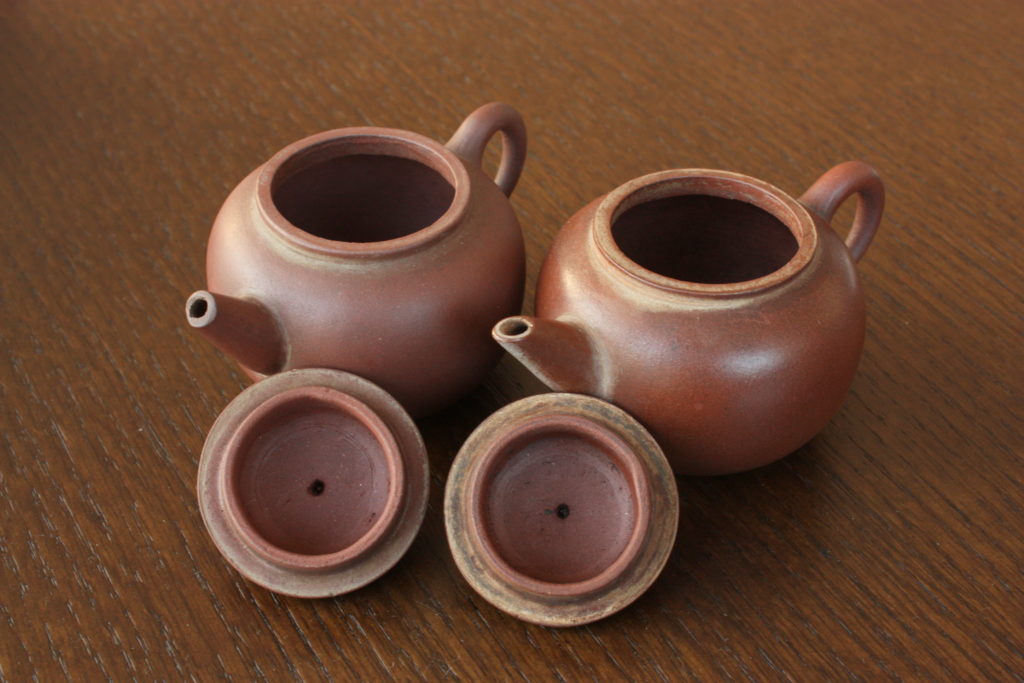 You can see that under the lid the clay of both pots are virtually identical.
You can see that under the lid the clay of both pots are virtually identical. You can think of these as identical twins who suffered different fates. One got an unlucky break early on, and as a result, is loved that much less and spent that much less time with the owner of the pot. Whoever owned it took enough care to fix the broken pot – it probably had an ugly break of the tip and so the tip was filed down for aesthetics, but for whatever reason, it never got the attention it needed. The other got everything – loving care, attention, all the tea it needed to nourish its surface. So, many years later, I see the end result of it. It is probably safe to say that most will find the seasoned pot much more pleasing to the eye, but now that I am the owner of these two, maybe I’ll try to right the wrong and give the broken pot some love. It deserves it after all these years.
You can think of these as identical twins who suffered different fates. One got an unlucky break early on, and as a result, is loved that much less and spent that much less time with the owner of the pot. Whoever owned it took enough care to fix the broken pot – it probably had an ugly break of the tip and so the tip was filed down for aesthetics, but for whatever reason, it never got the attention it needed. The other got everything – loving care, attention, all the tea it needed to nourish its surface. So, many years later, I see the end result of it. It is probably safe to say that most will find the seasoned pot much more pleasing to the eye, but now that I am the owner of these two, maybe I’ll try to right the wrong and give the broken pot some love. It deserves it after all these years.
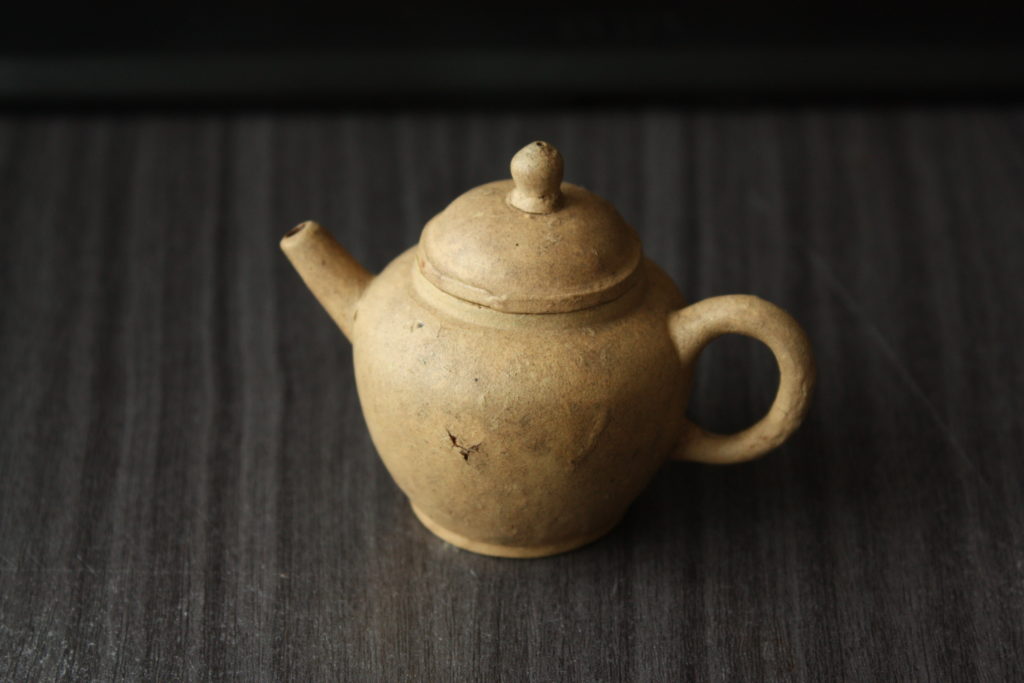
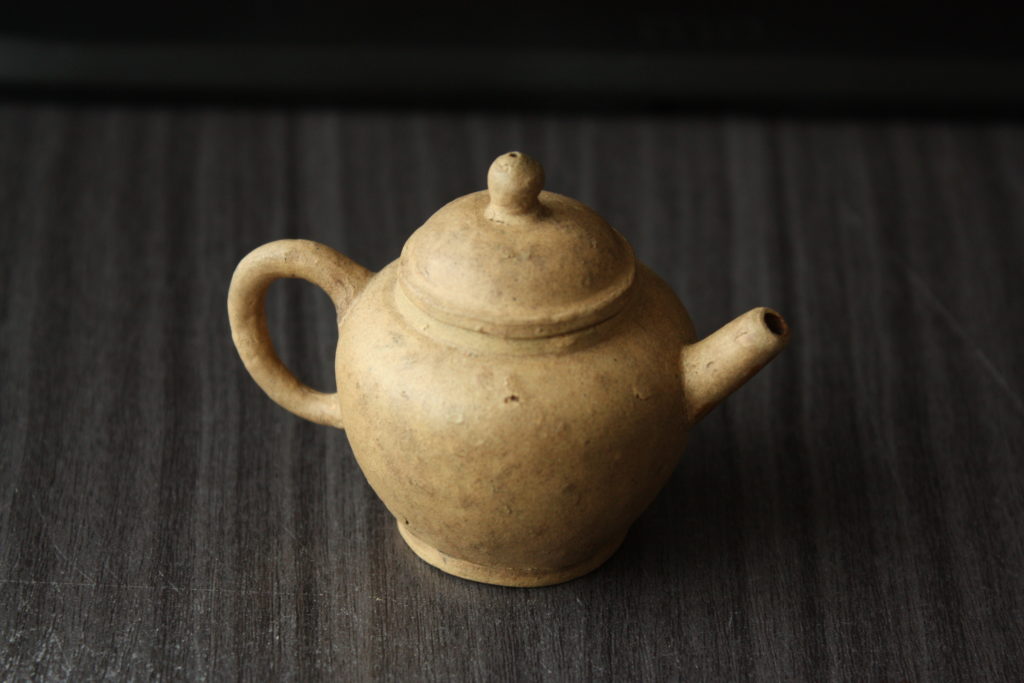
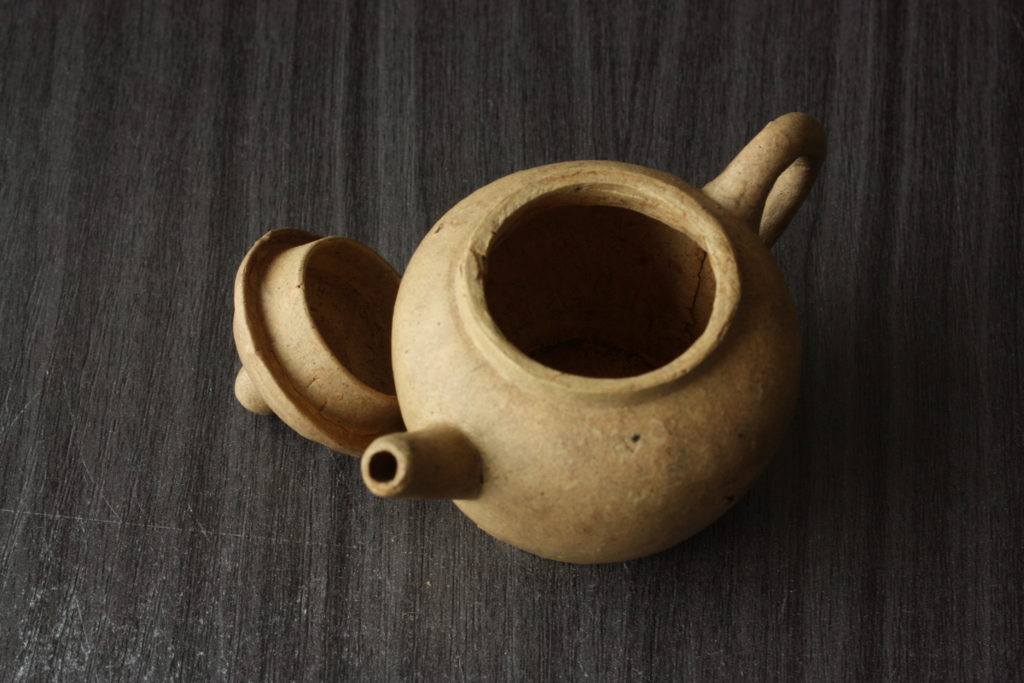
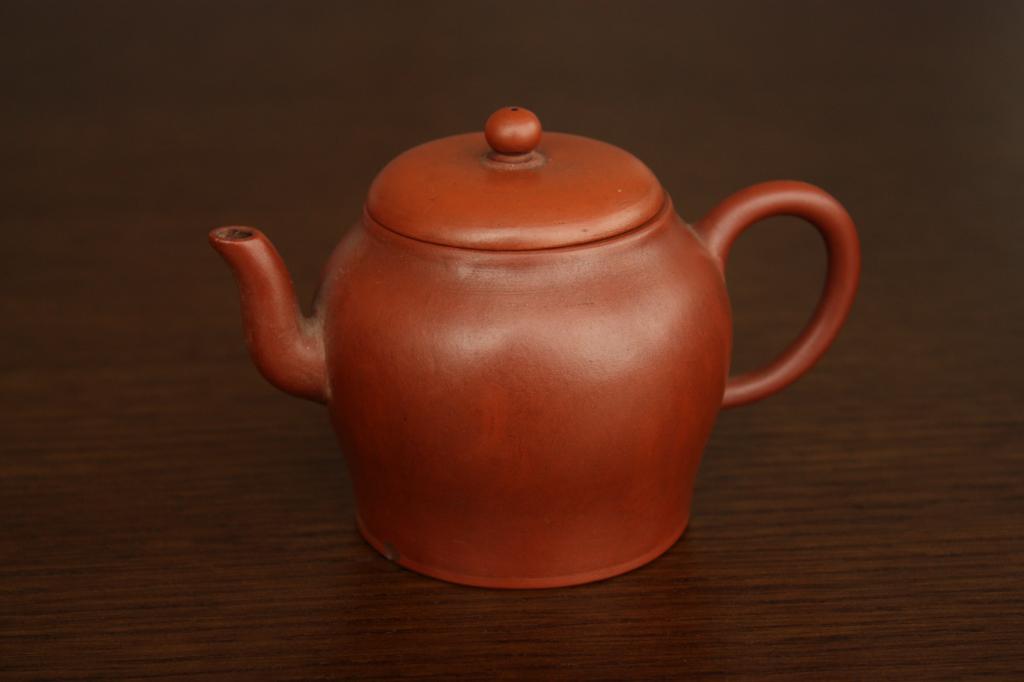


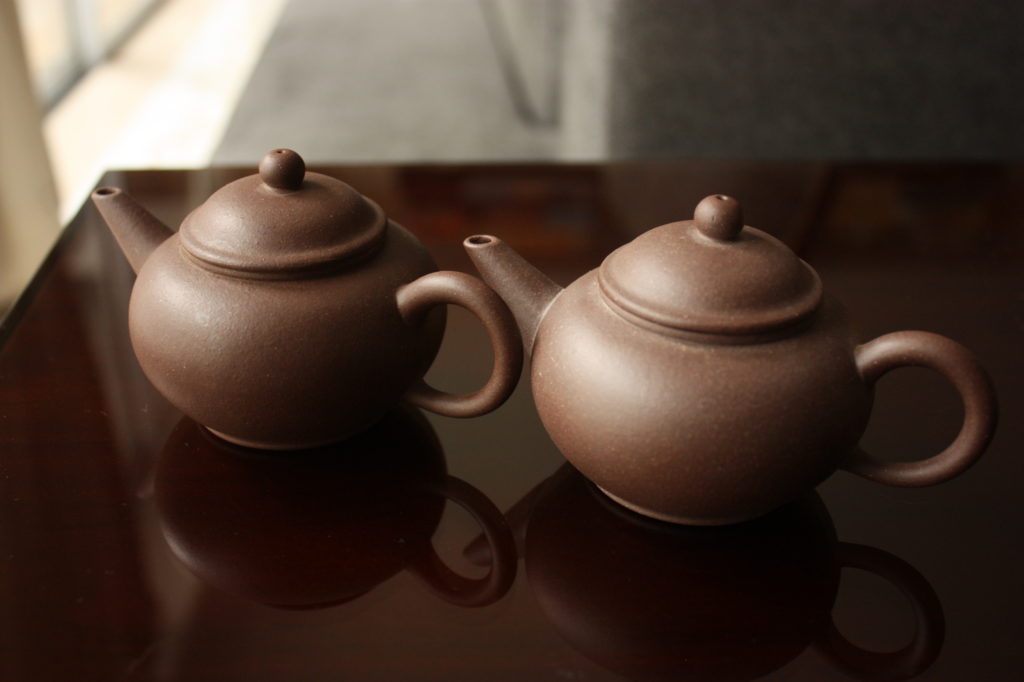
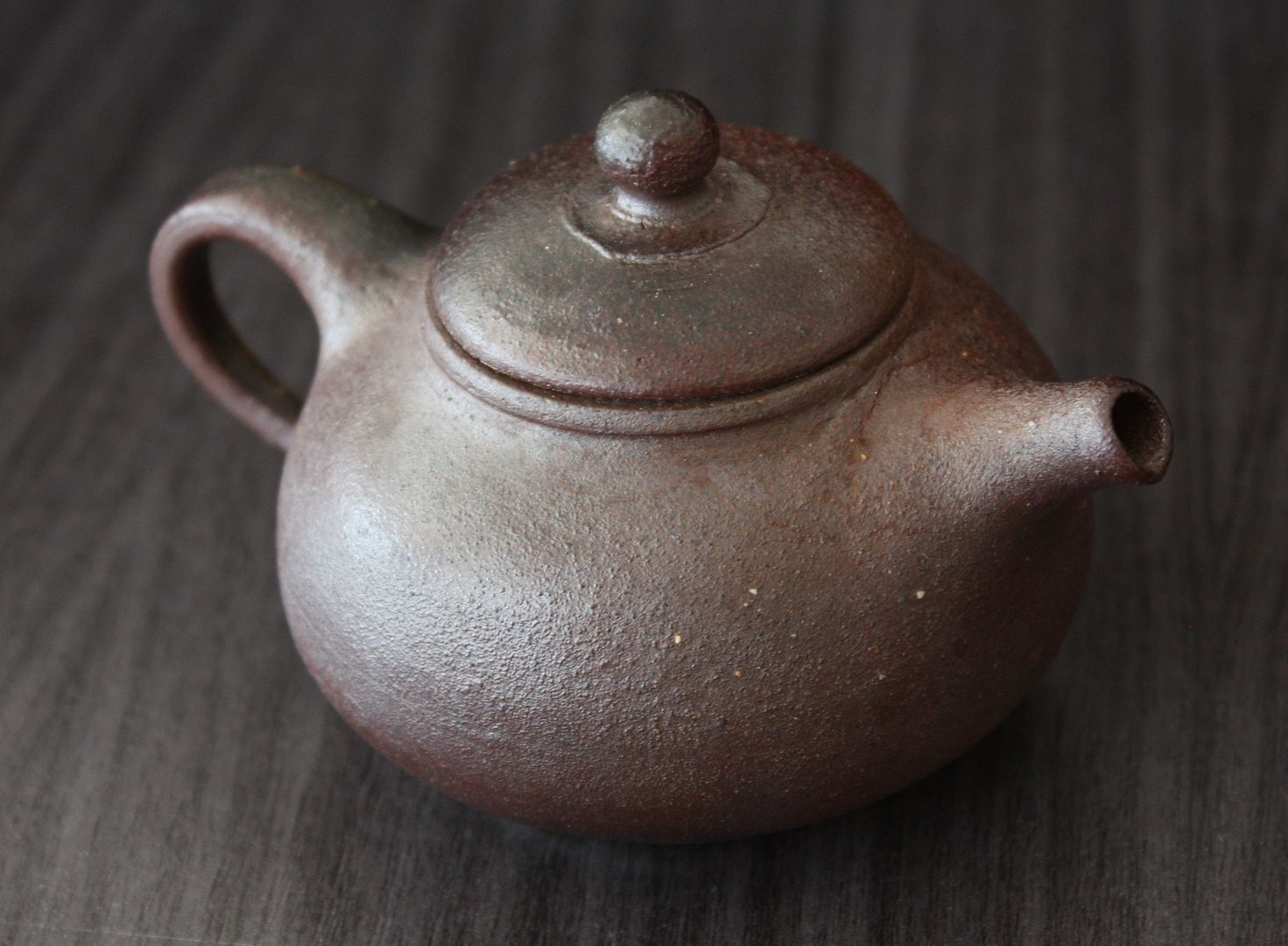
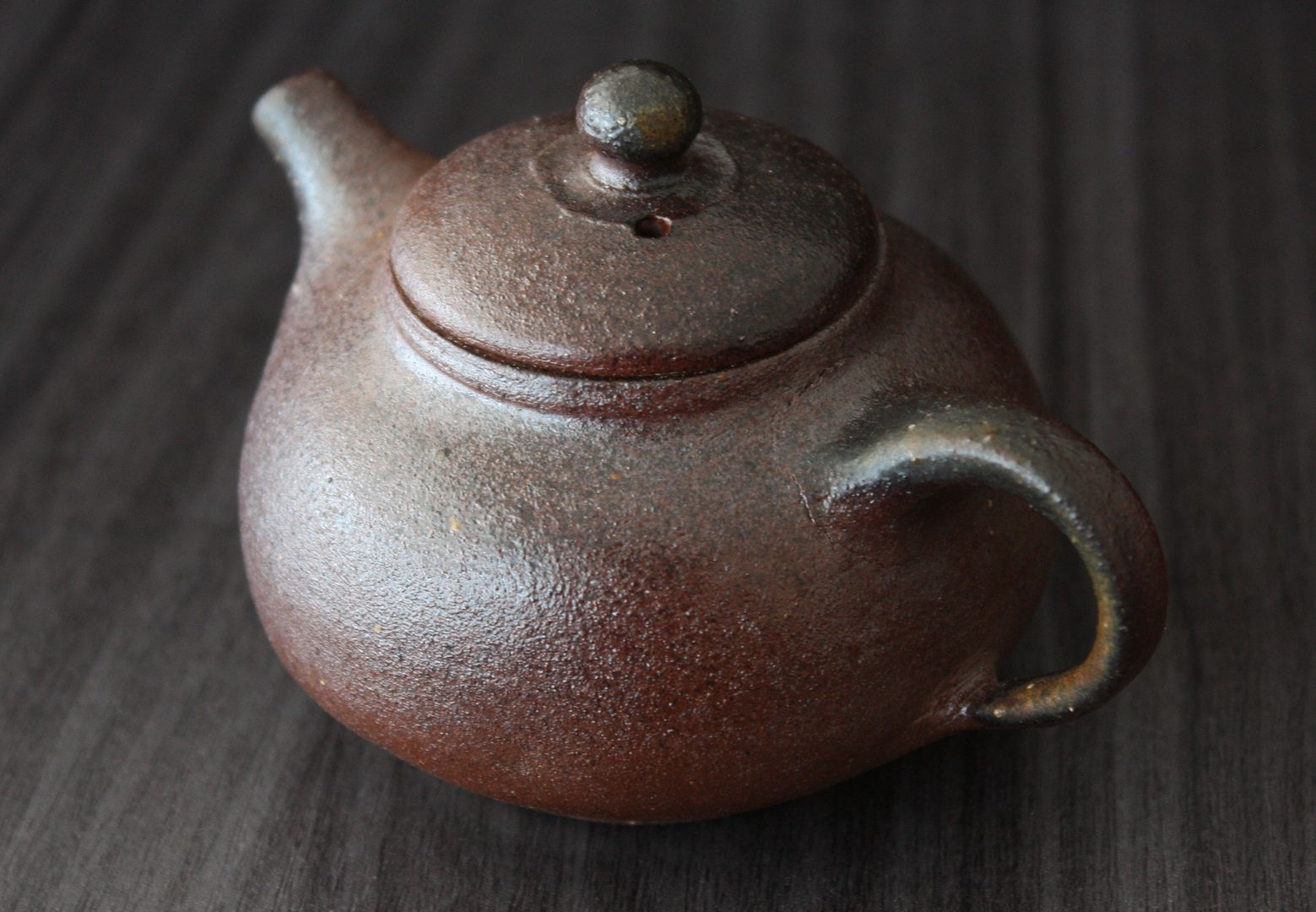
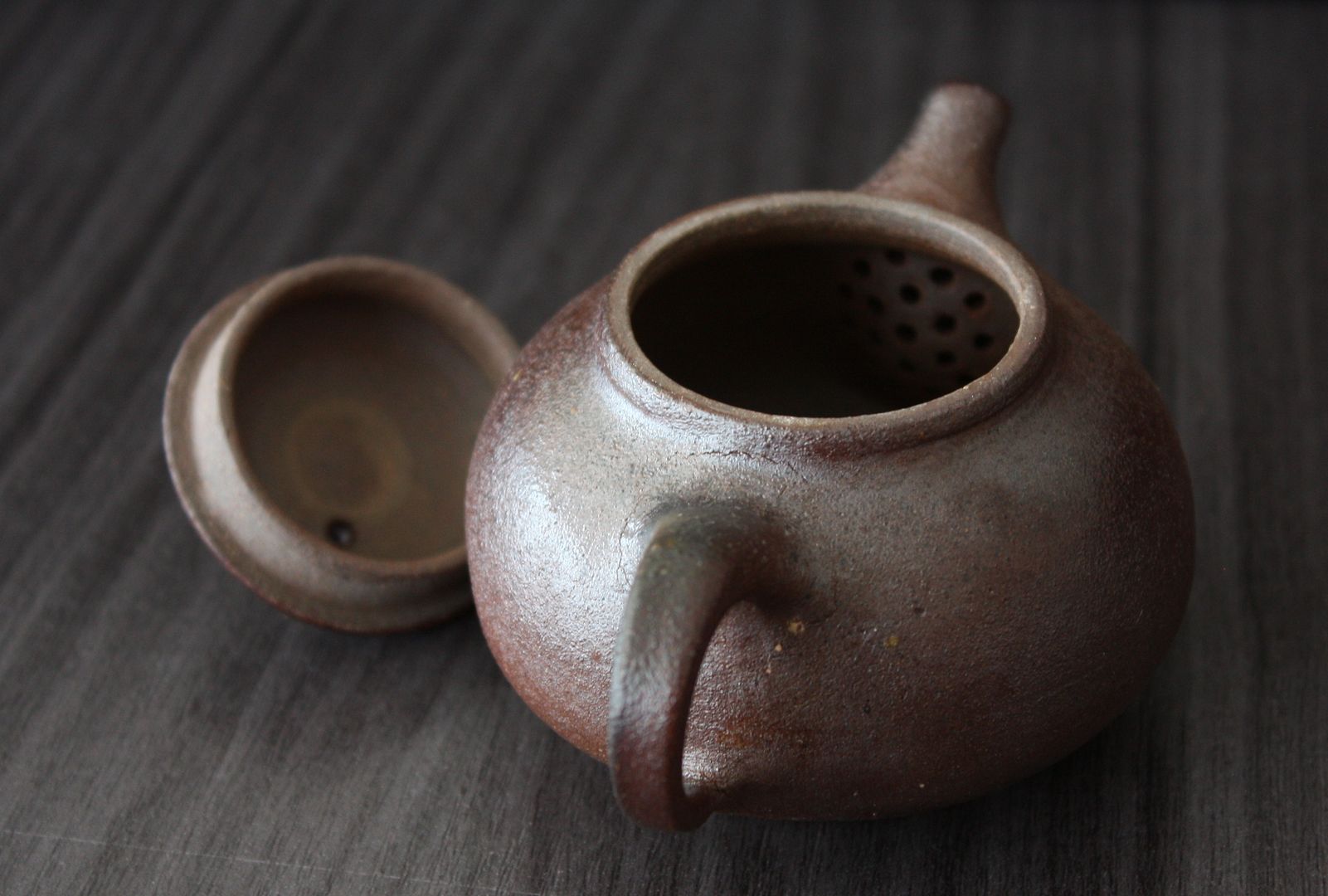
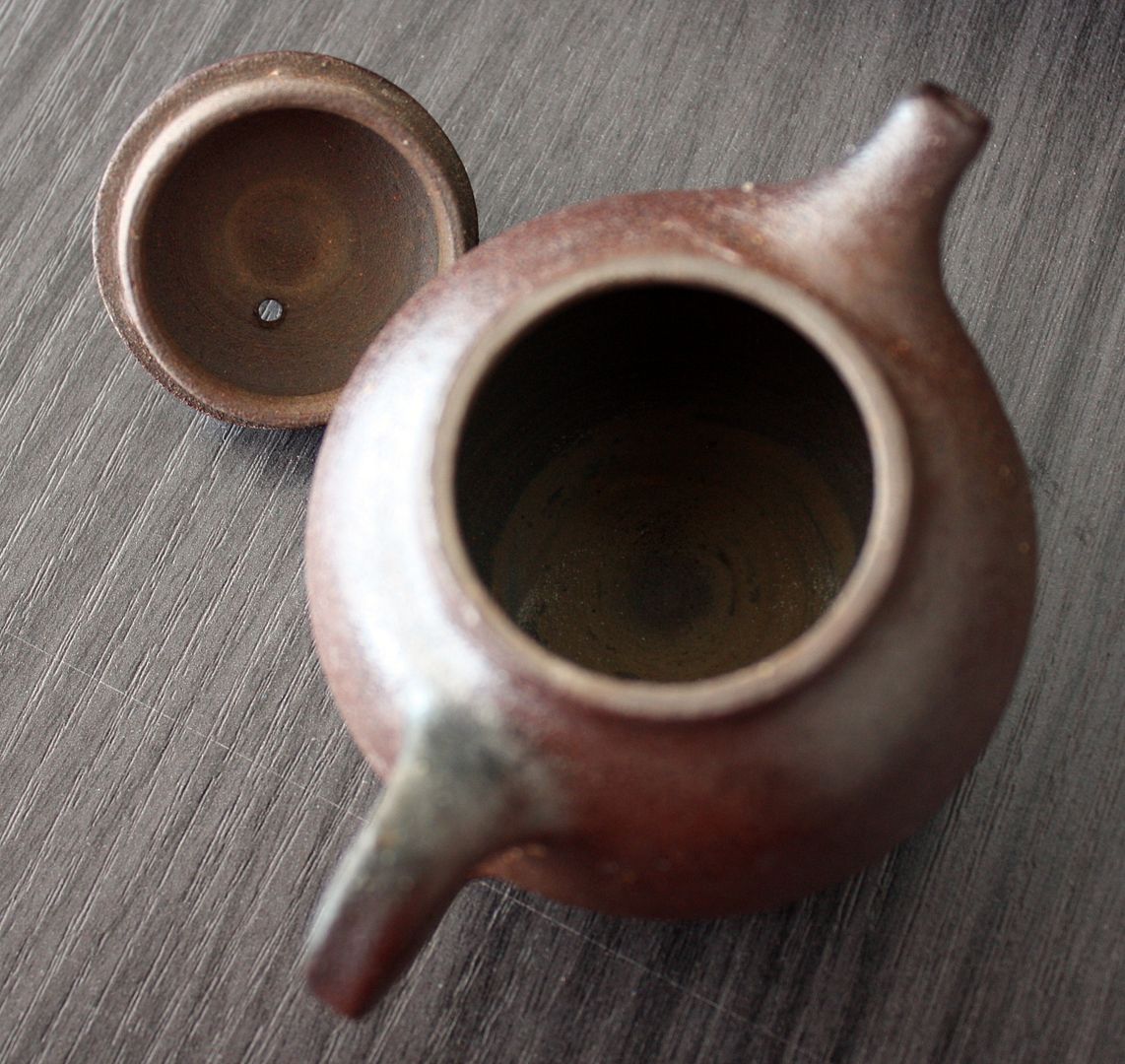
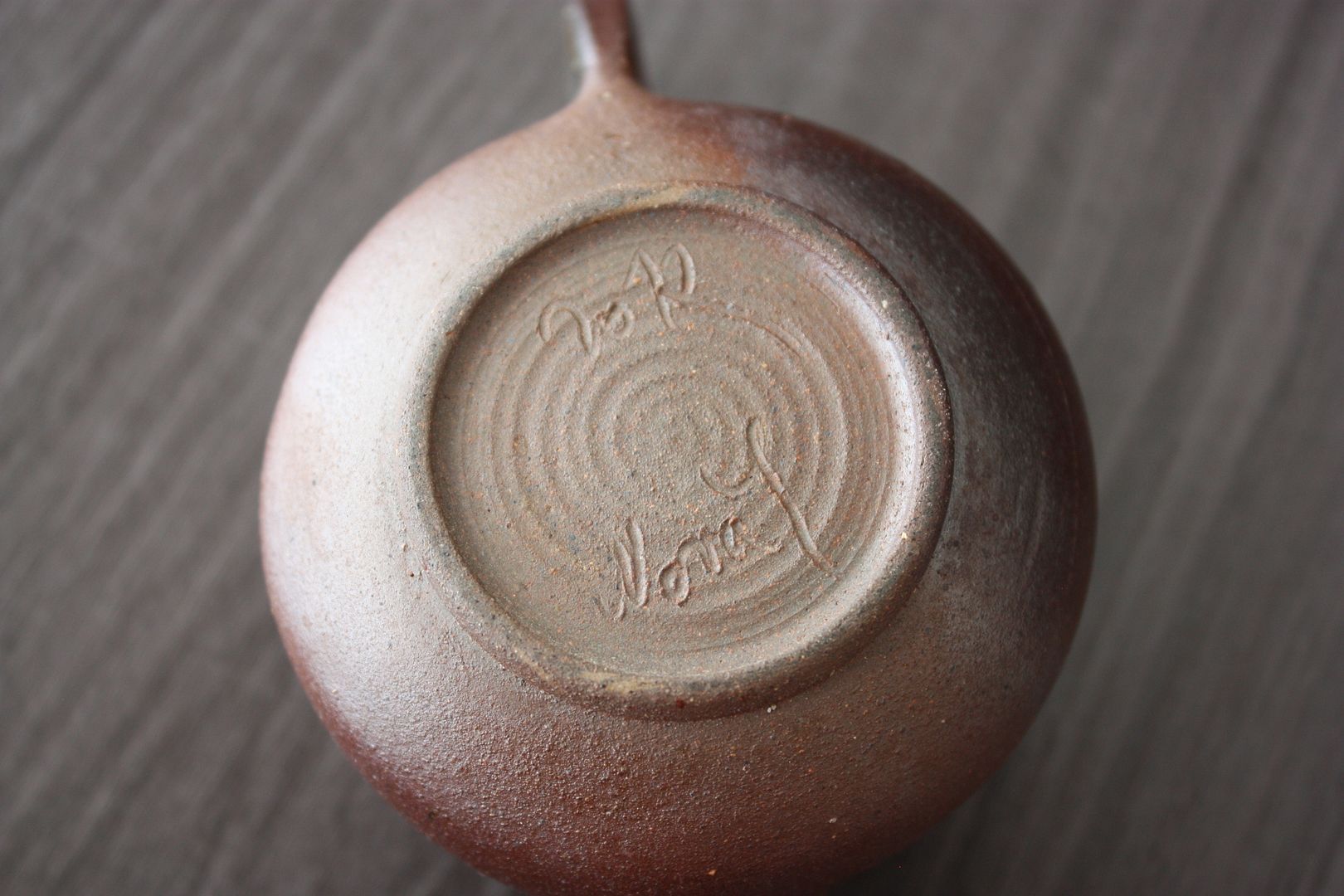
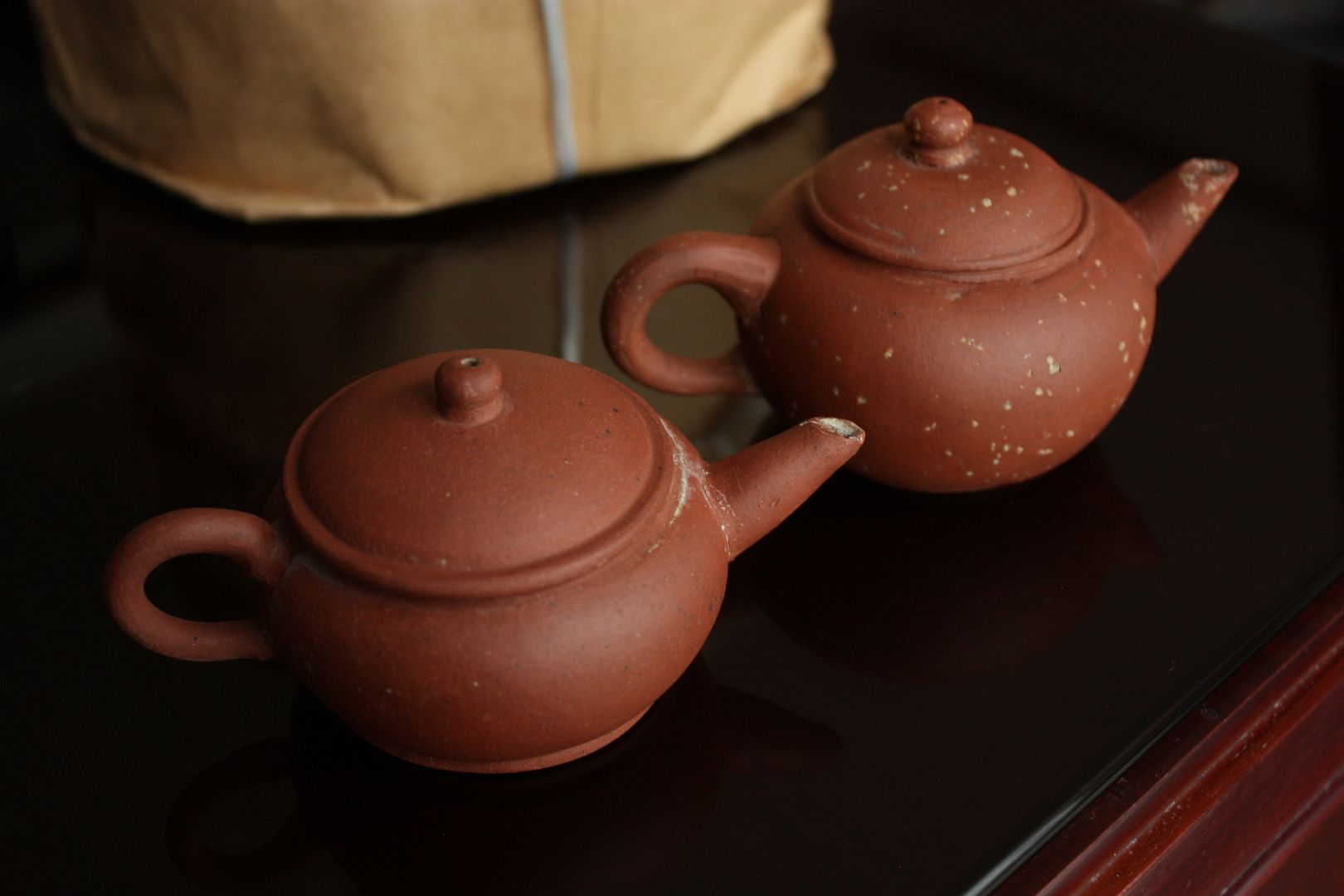
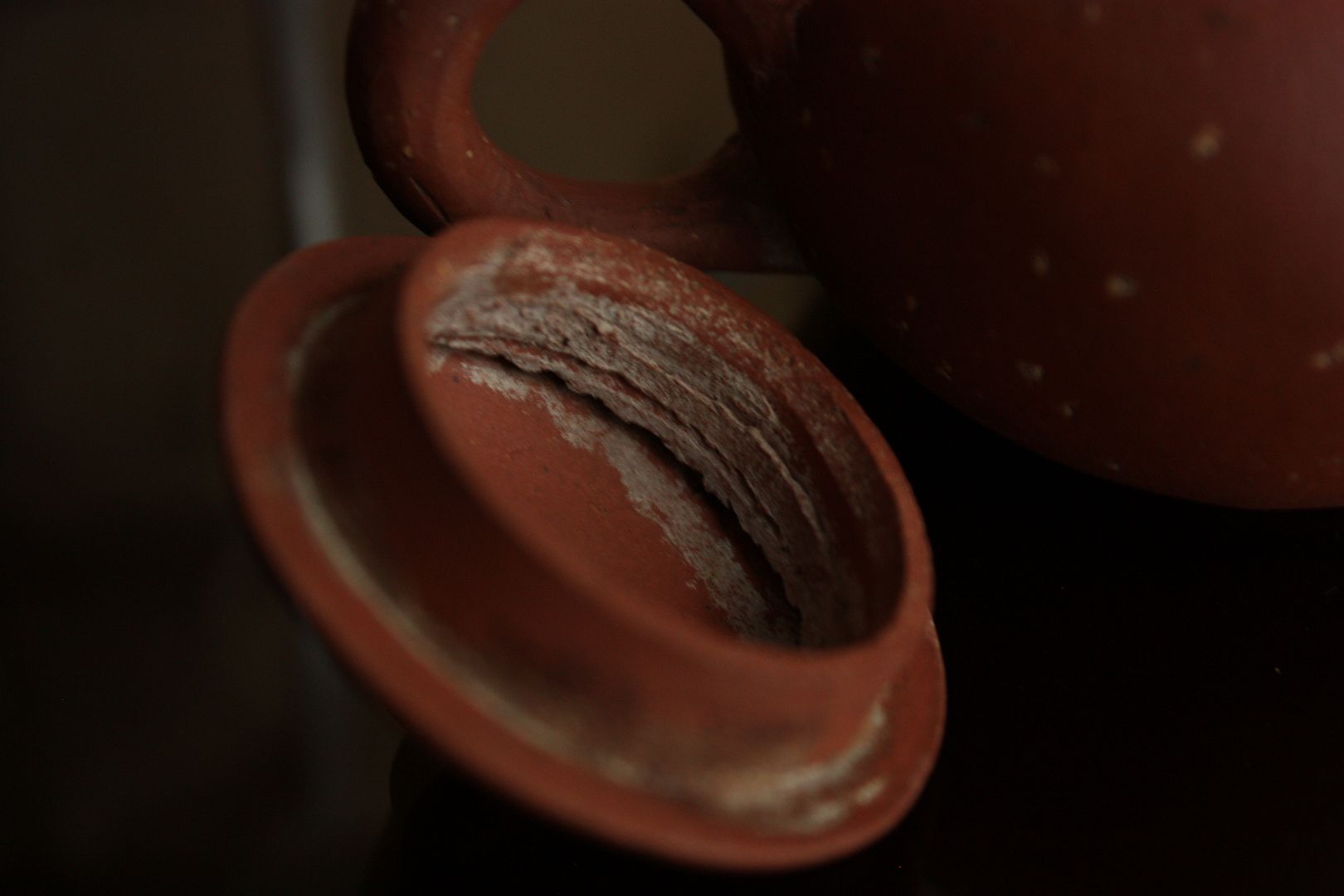
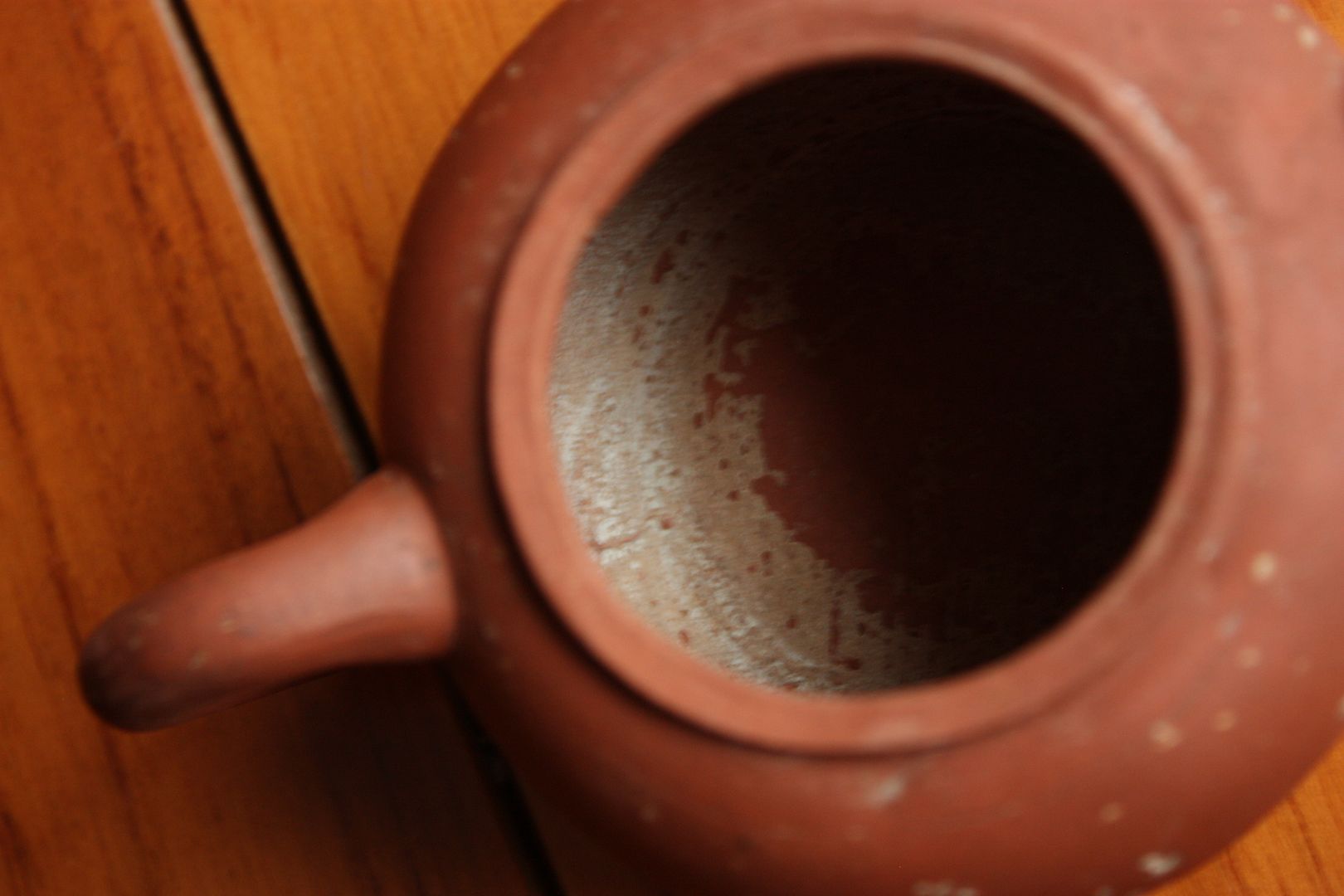
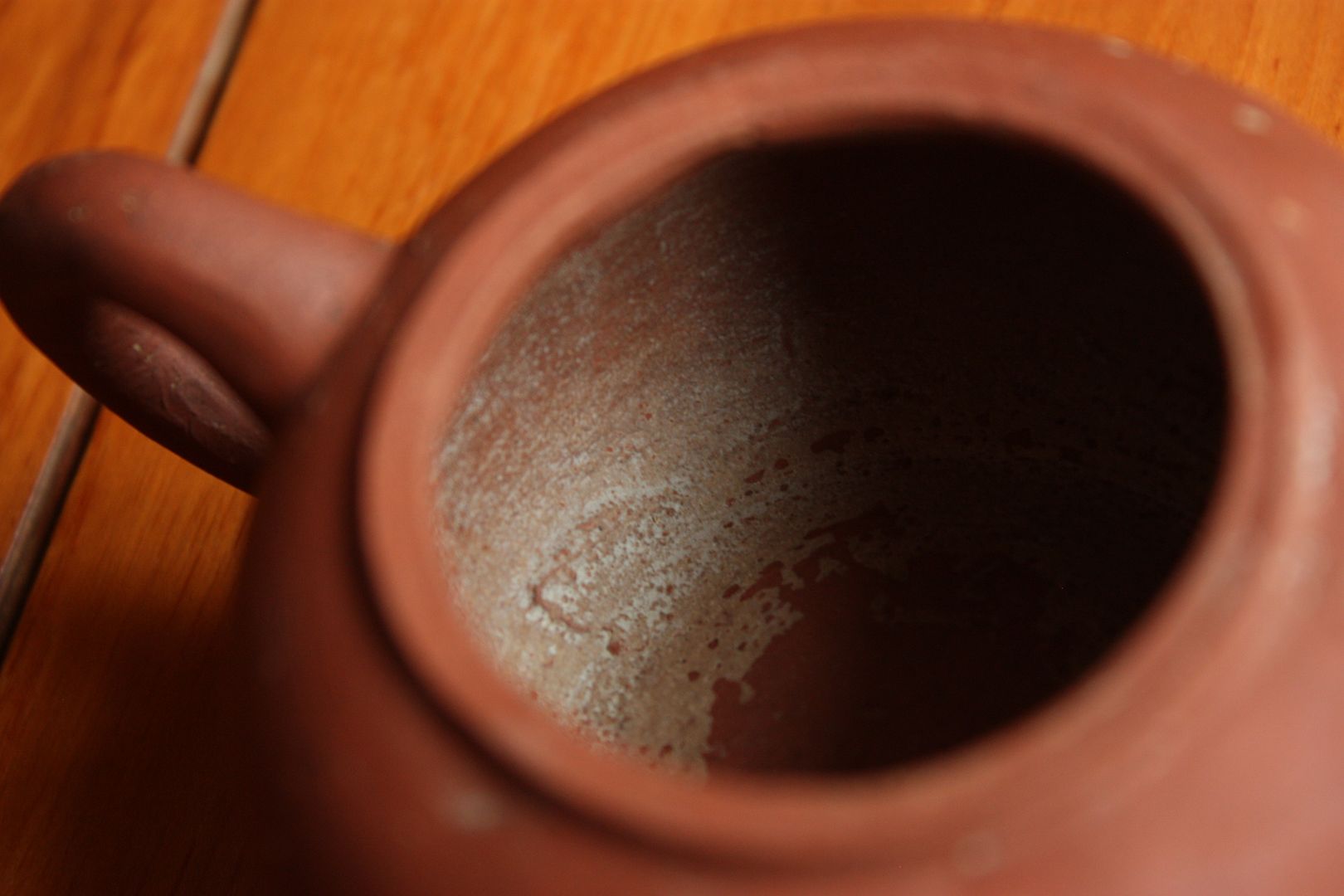
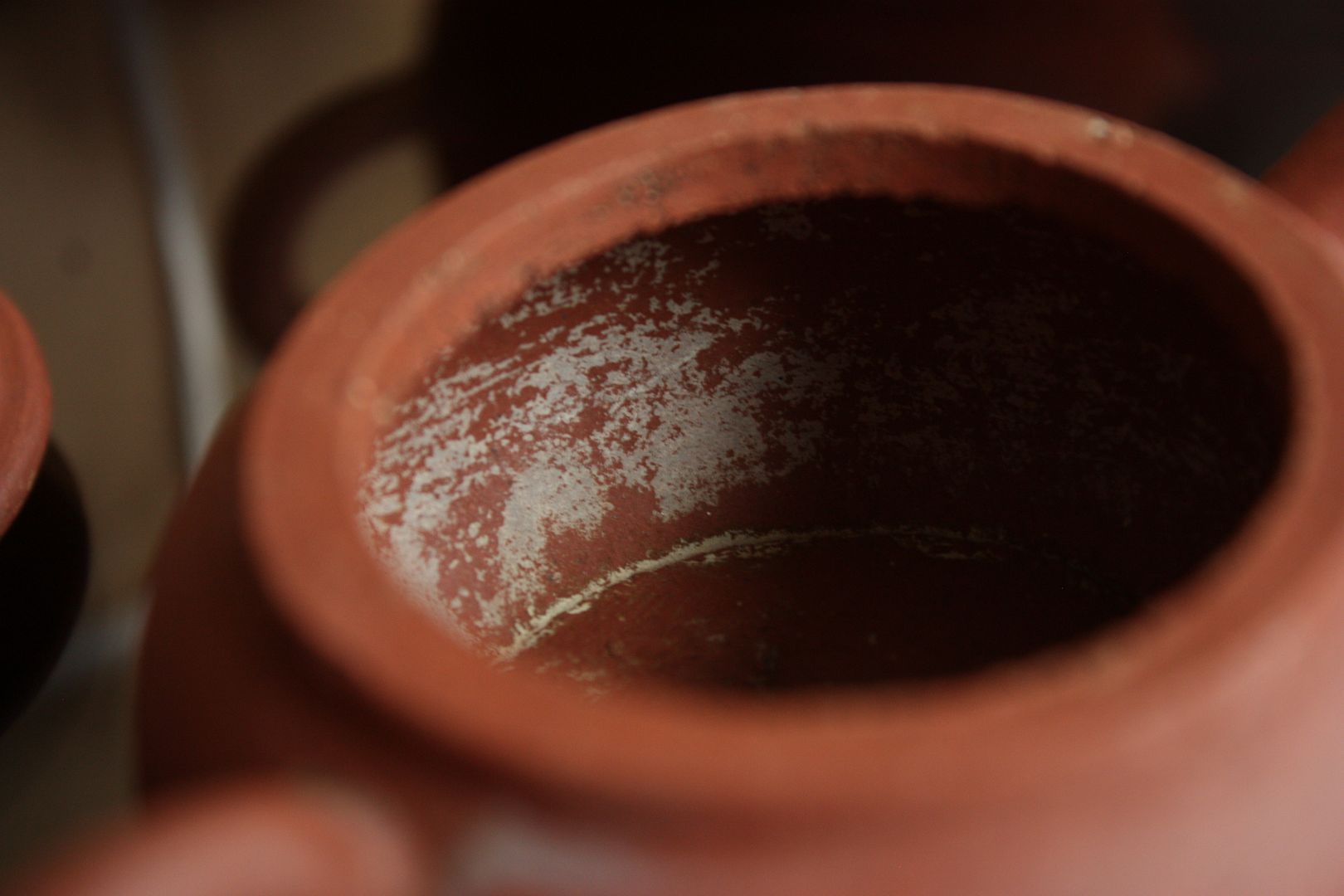
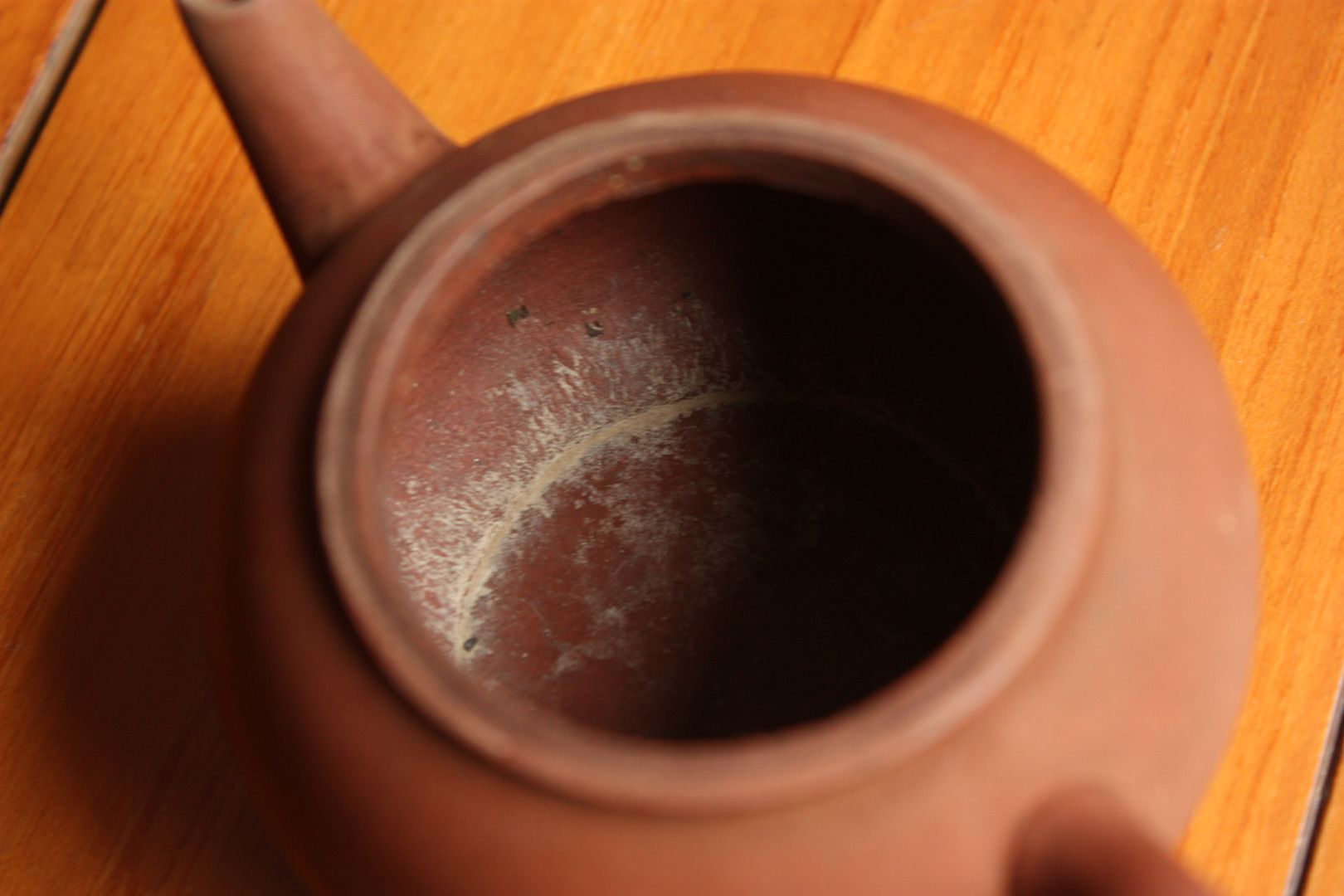
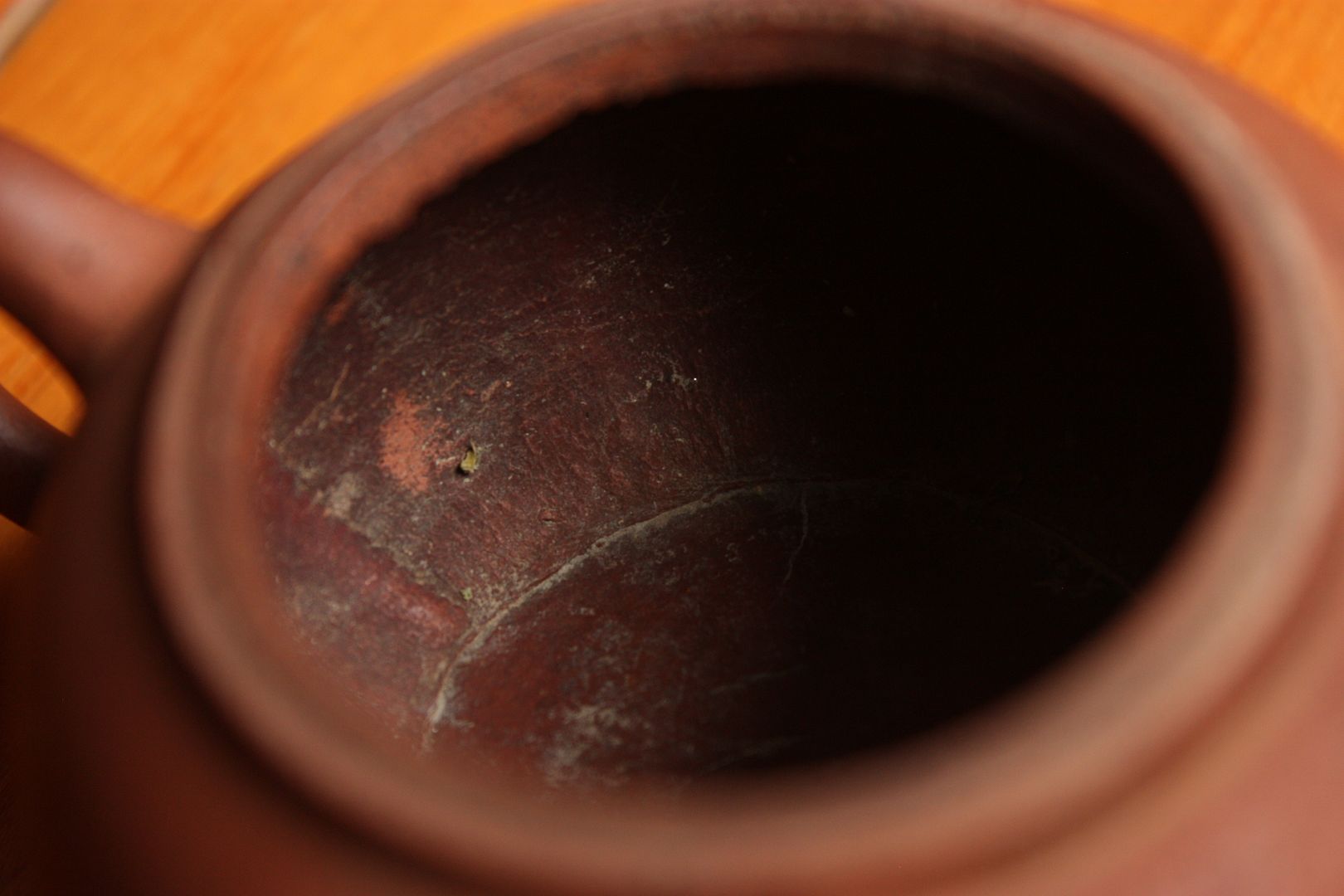
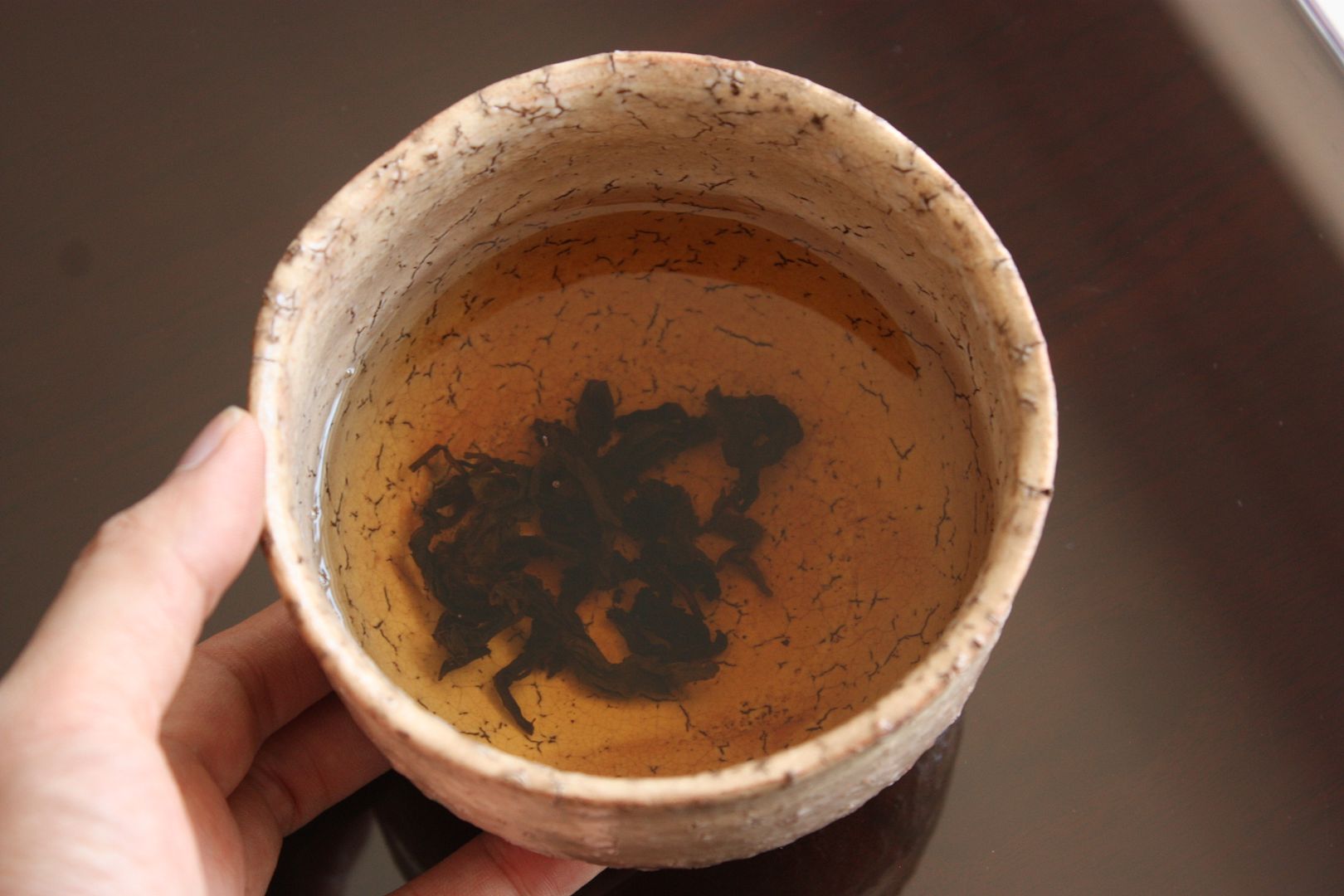
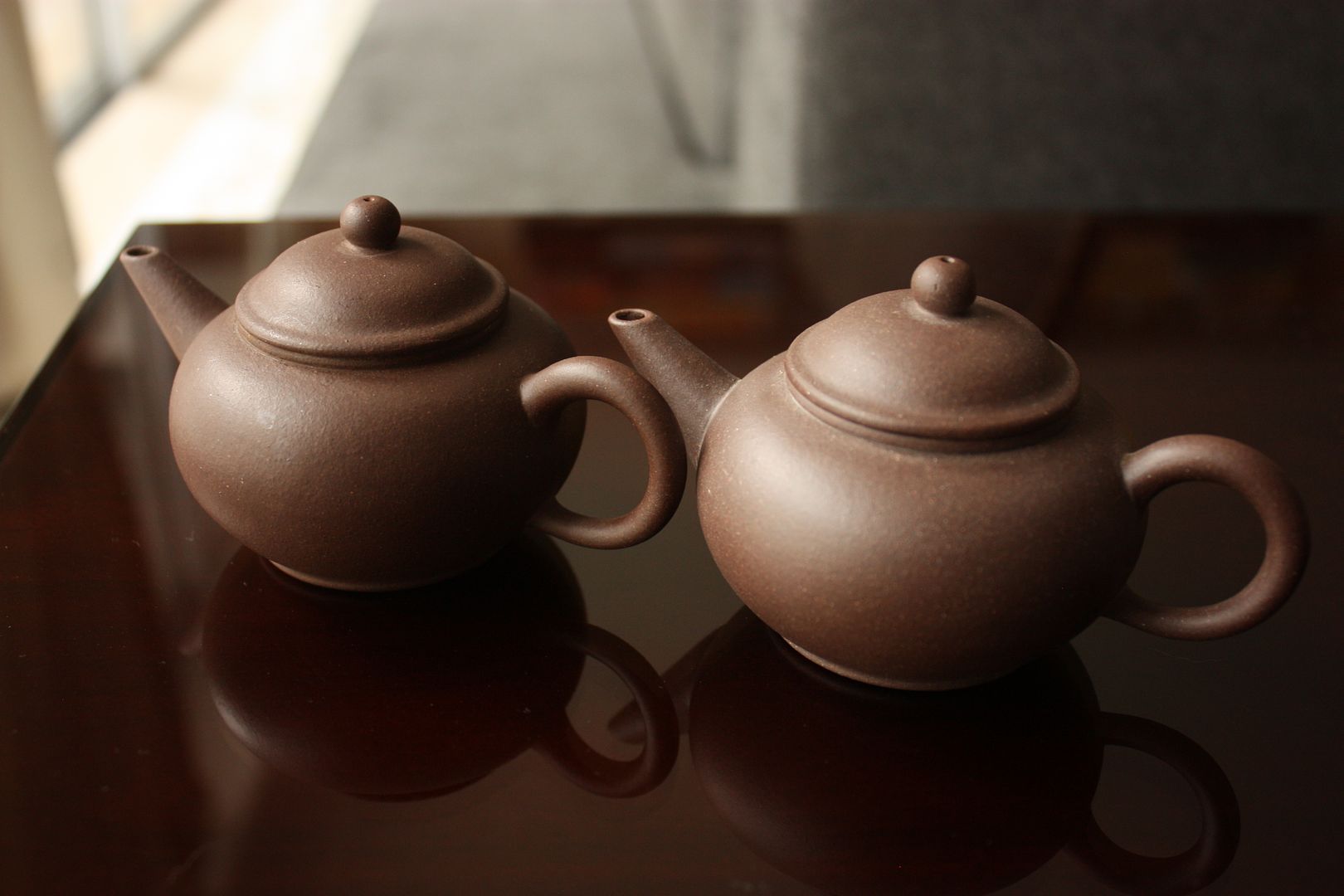
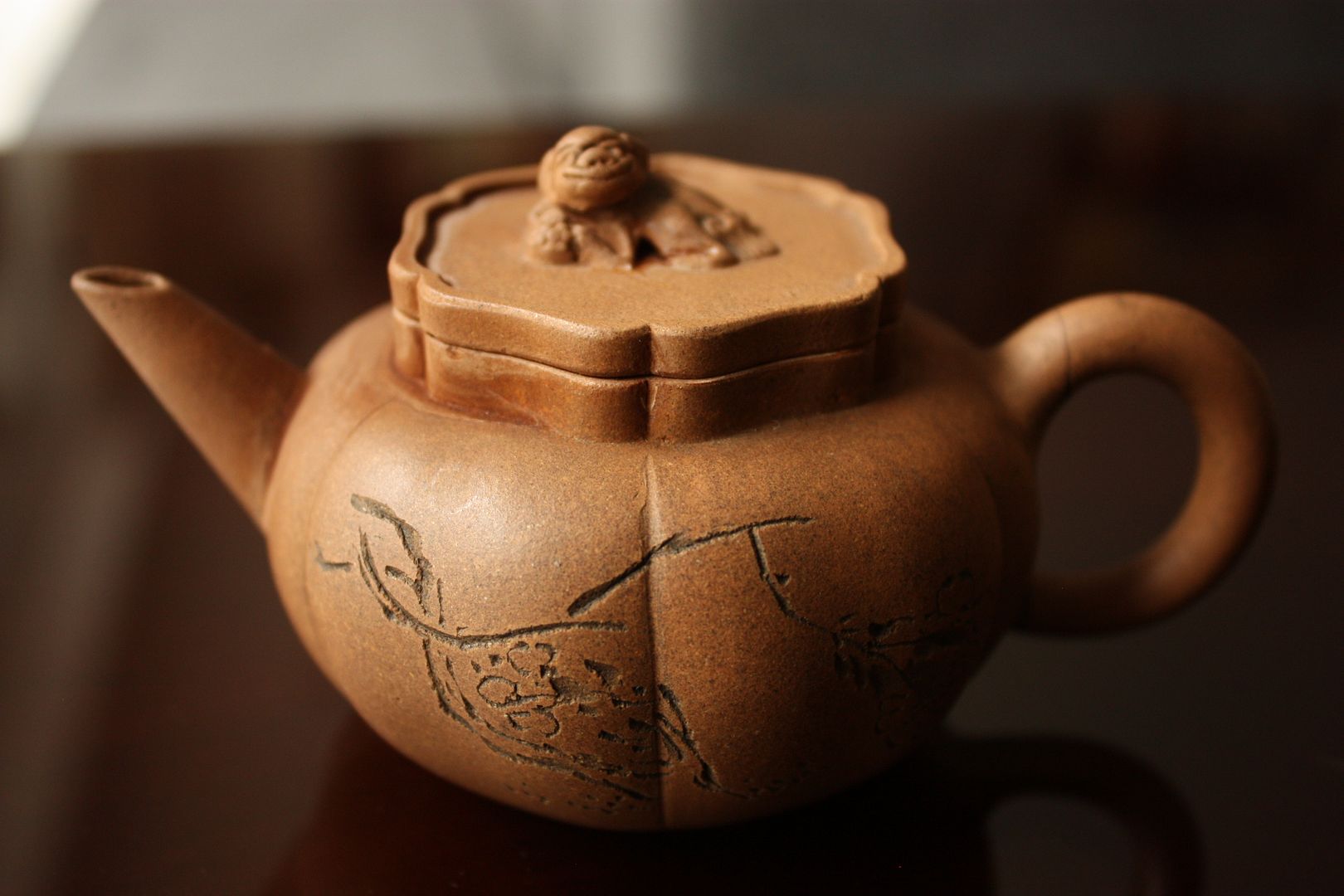
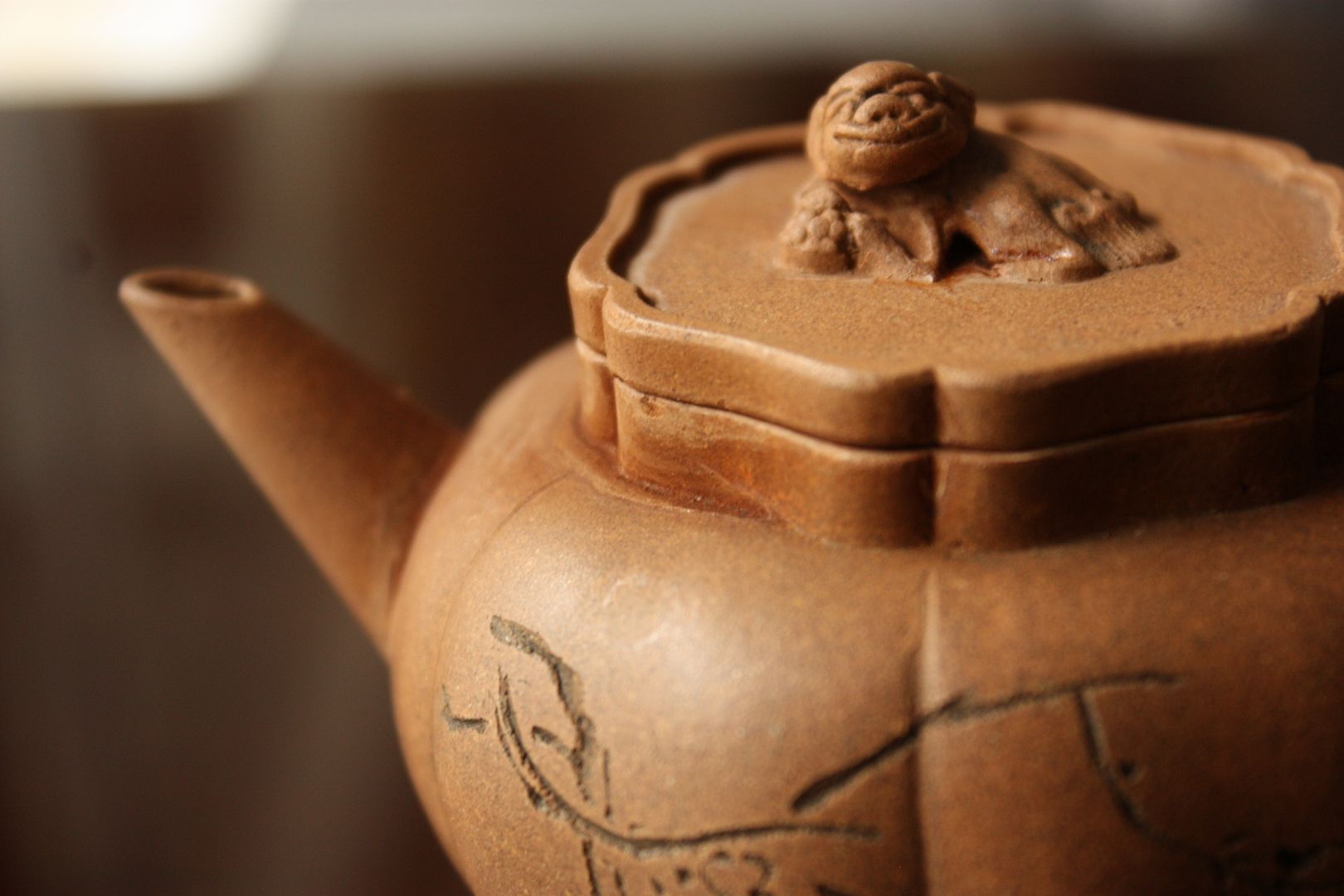
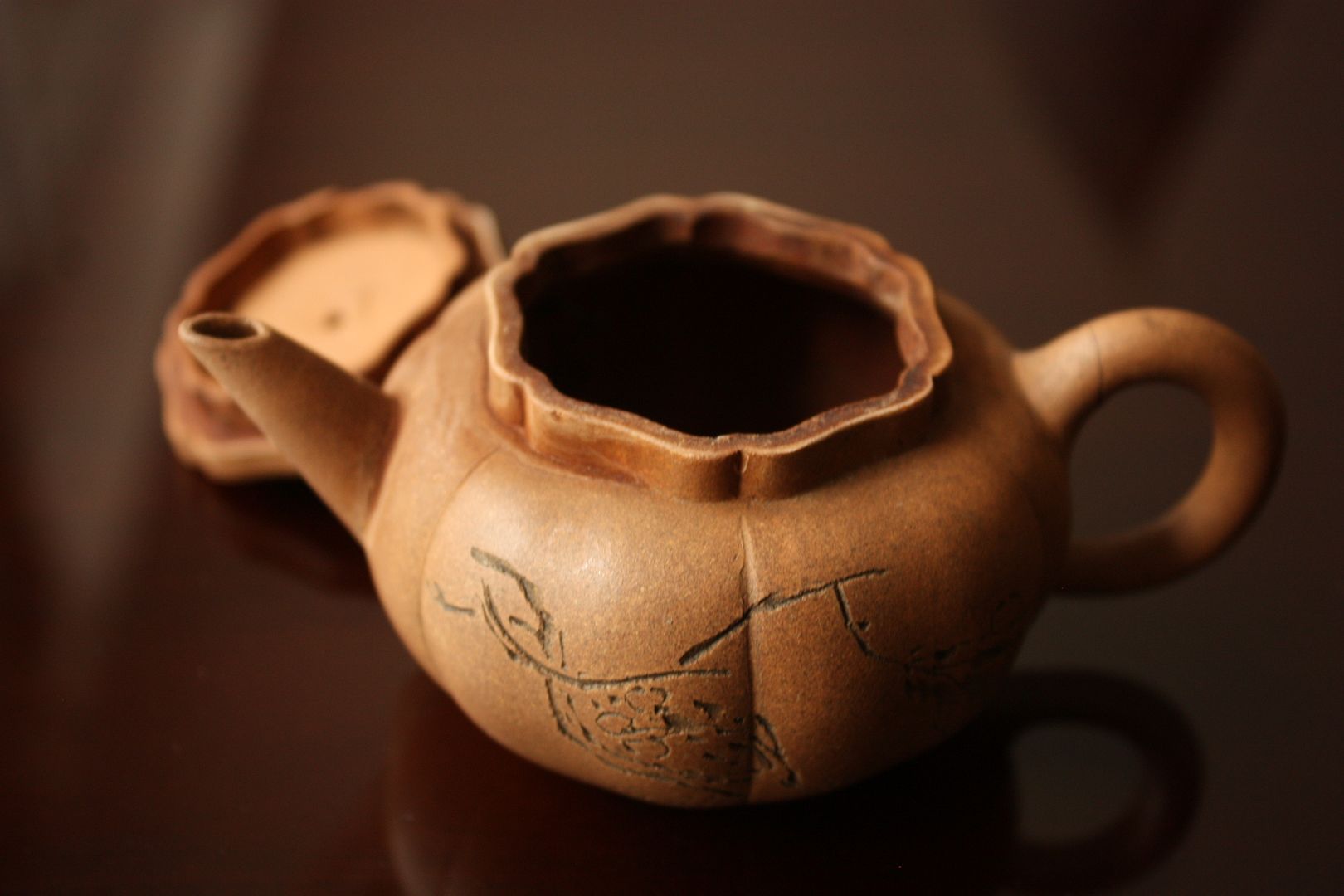
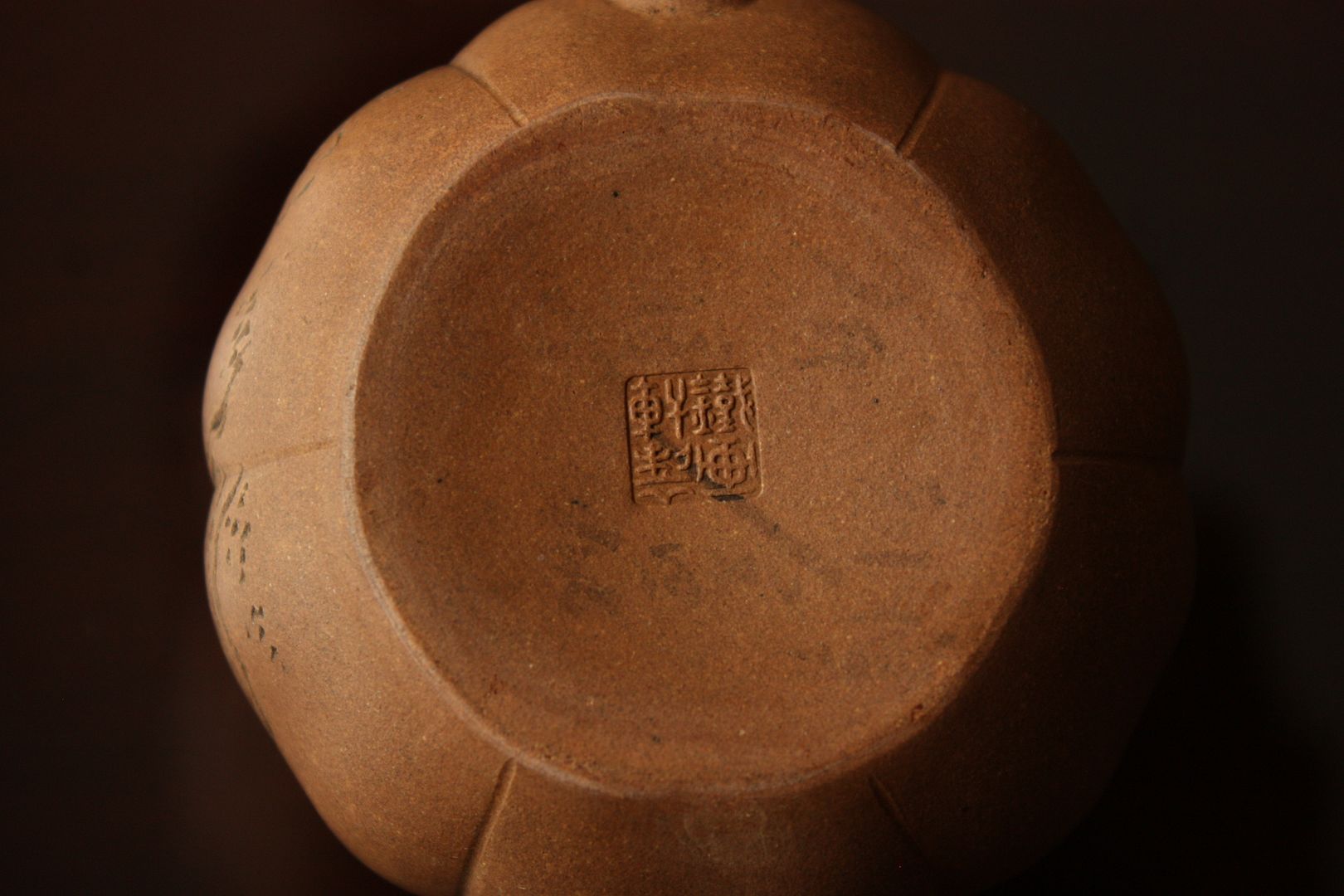
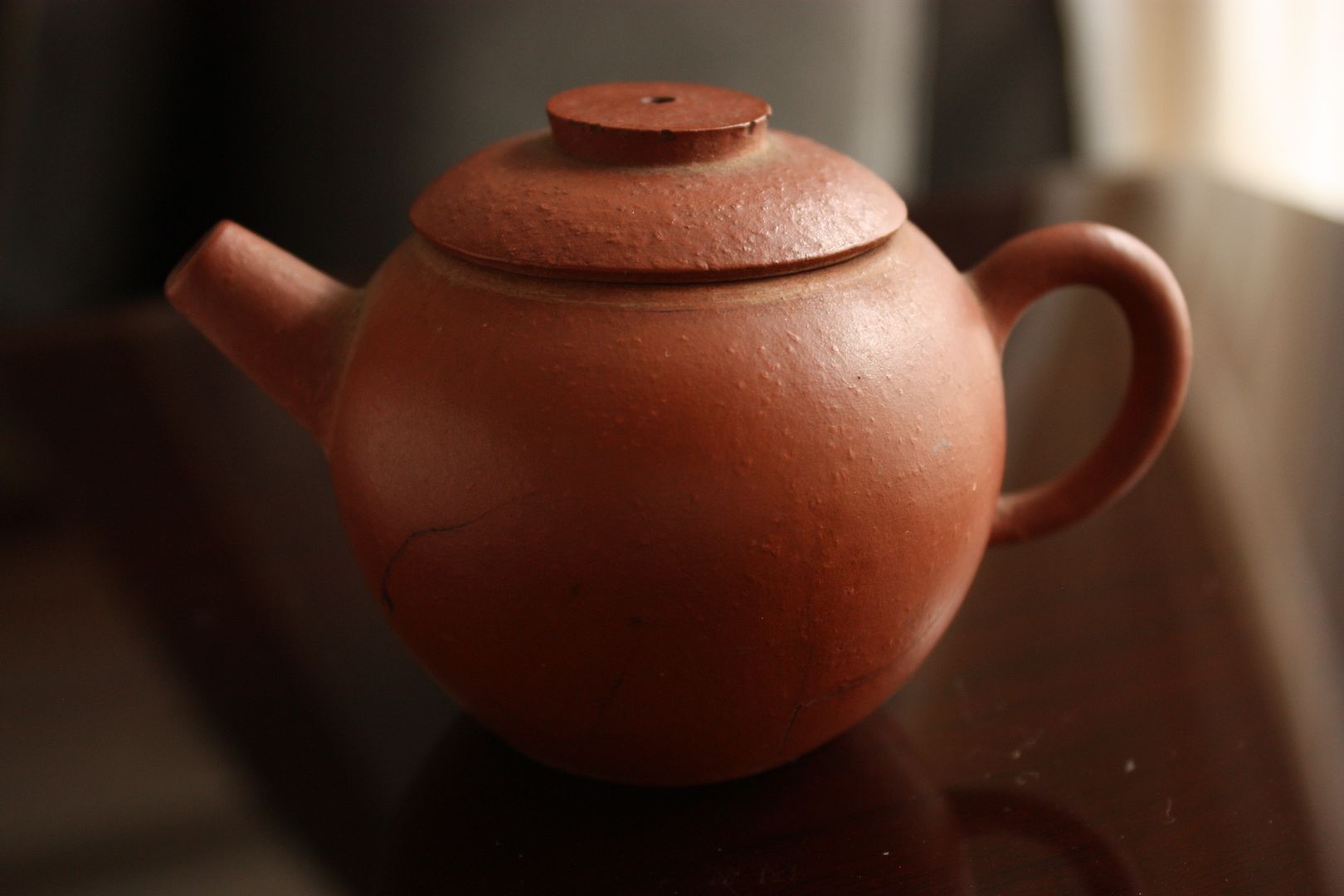
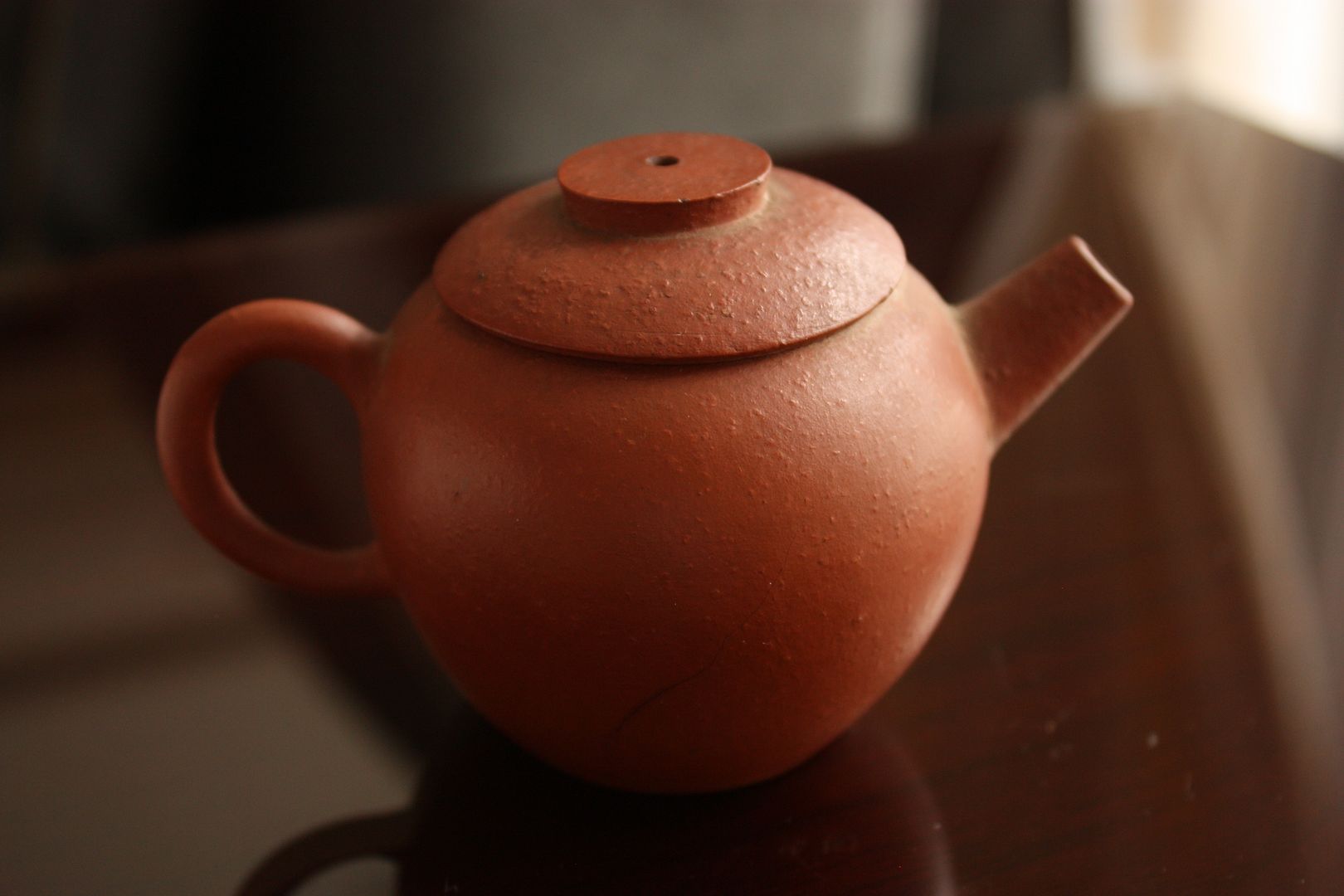
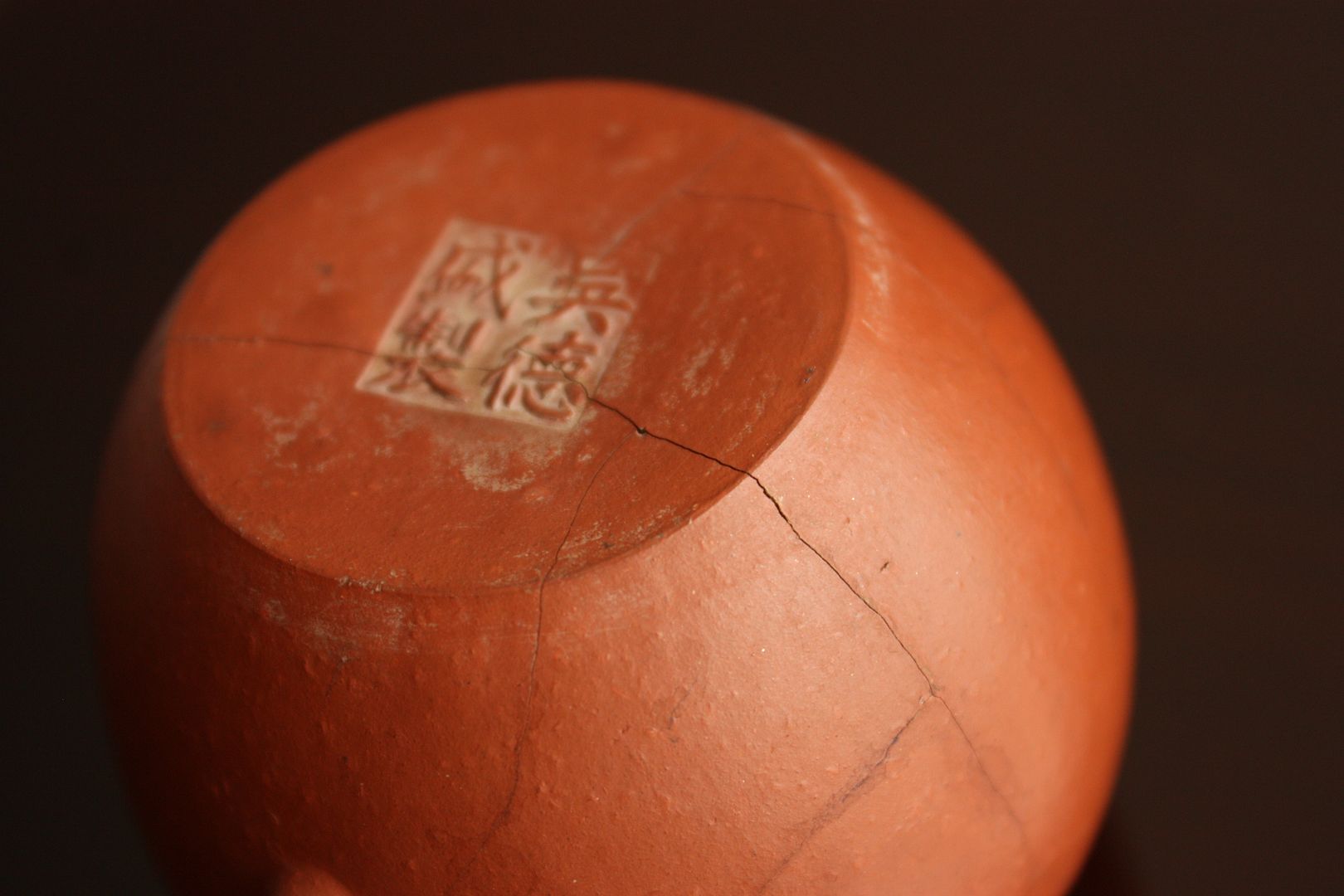
 RSS - Posts
RSS - Posts
Interesting.... would 250C in my oven work?